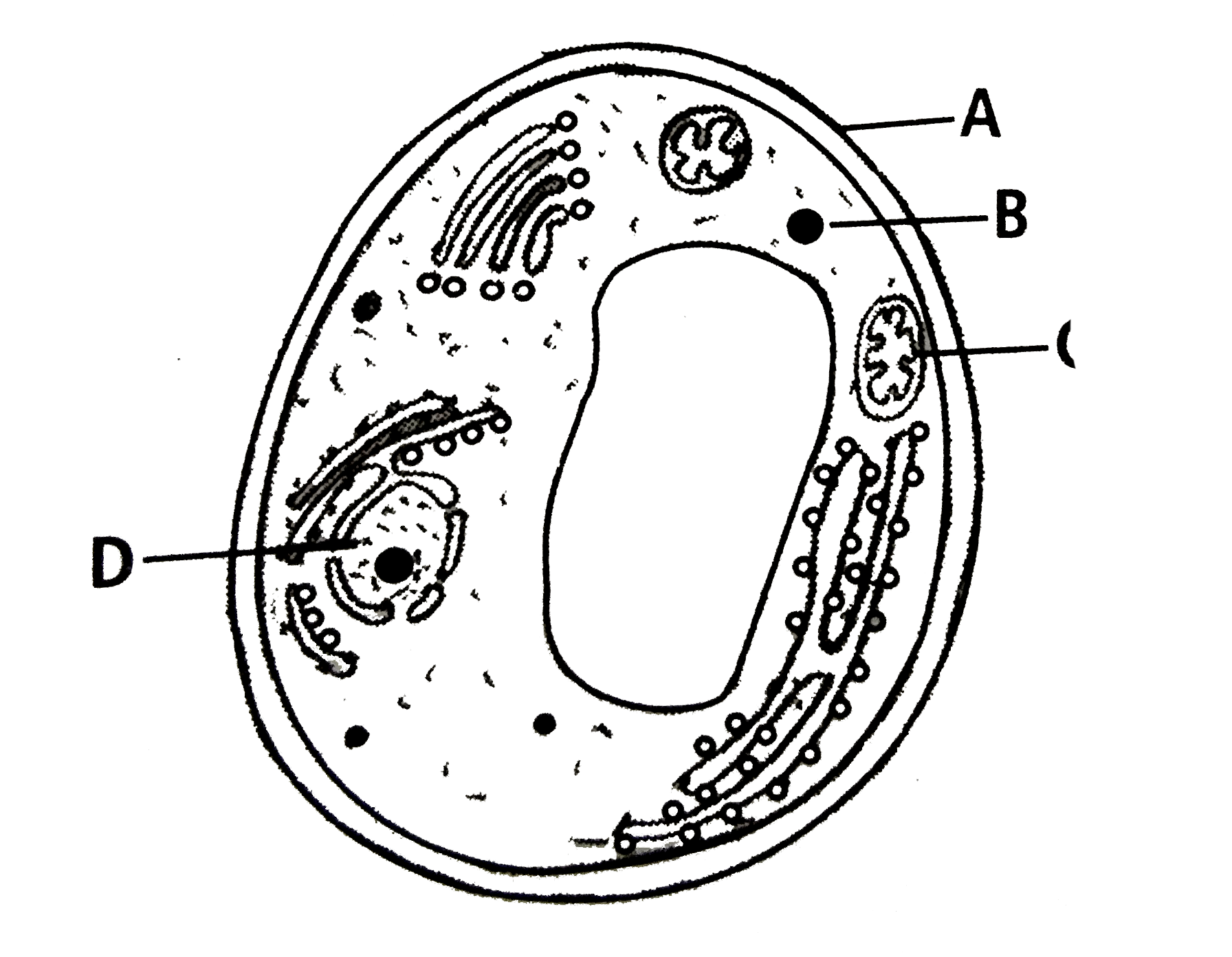Plants need carbon dioxide and (i) ________, the raw materials for photosynthesis to occur. The (ii) ___________ is trapped by chlorophyll for converting the raw materials into chemical energy of food. (iii) ___________ are oval shaped organelles found in the leaf cells. They contain the chlorophyll pigments. The food prepared by plants is carried by (iv) __________ to organs like roots, stems and leaves for its (v) ________.
Step by step video & image solution for Plants need carbon dioxide and (i) ________, the raw materials for photosynthesis to occur. The (ii) ___________ is trapped by chlorophyll for converting the raw materials into chemical energy of food. (iii) ___________ are oval shaped organelles found in the leaf cells. They contain the chlorophyll pigments. The food prepared by plants is carried by (iv) __________ to organs like roots, stems and leaves for its (v) ________. by Biology experts to help you in doubts & scoring excellent marks in Class 7 exams.
Updated on:21/07/2023Topper's Solved these Questions
- MODEL TEST PAPER IBOOK - ICSECHAPTER - MODEL TEST PAPER IEXERCISE - SECTION II
45 Videos
- MODEL TEST PAPER IBOOK - ICSECHAPTER - MODEL TEST PAPER IEXERCISE - SECTION II (ANSWER THE FOLLOWING)
6 Videos
- MODEL TEST PAPER IBOOK - ICSECHAPTER - MODEL TEST PAPER IEXERCISE - SECTION I
11 Videos
- KINGDOM CLASSIFICATION IIBOOK - ICSECHAPTER - KINGDOM CLASSIFICATION IIEXERCISE - EXERCISES (SECTION II (LONG ANSWER QUESTIONS))
5 Videos
- MODEL TEST PAPER IIBOOK - ICSECHAPTER - MODEL TEST PAPER IIEXERCISE - SECTION II
57 Videos
Similar Questions
Read the given statements regarding a cell organelle.
(i) It contains water, sap, excretory products and other unwanted materials.
(ii) It is bounded by a single membrane called tonoplast.
(iii) In plant cells, it can occupy upto 90 % of cellular volume.
(iv) Its contents form cell sap.
(v) It maintains turgor pressure.
The above features are attributed to
View SolutionConsider the following statement and select correct set for brown algae as well as red algae.
(i) Certain marine forms produce large amonts of hydrocolloids.
(ii) Used as food supplements by space travellers.
(iii) Organisms may have unicellular and multicellular plant body.
(iv) They have cellulose in cell wall and chlorophyll a pigment.
View Solution
Knowledge Check
The diagram shows the structure of a fungal cell with different parts labelled as A,B,C and D. Which of the following statements are true with regard to the fungal cell structive?

(i) A contains mucopolysaccharides which are also present in exoskeleton of insects and crustaceans.
(ii) D are usually more than one in number in case of aseptate hyphae.
(iii) Carotenes and xanthophylls are present in C, which harvest light energy for photosynthesis.
(iv) B is the reverse food material, usually stored in the form of starch and oil.Ai and iiBiii and ivCi,ii and ivDii,iii and iv
Name the following:
(a) The process in plants which converts light energy into chemical energy.
(b) Organisms that cannot prepare their own food.
(c) Organisms that can prepare their own food
(d) The cell organelle where photosynthesis occurs.
(e) The cells which surround a stomatal pore
(f) An enzyme secreted by gastric glands in stomach Which acts on proteins.
View SolutionWhich of the following statements is/are incorrect?
(i) Water and minerals, and food are generally moved by a mass or bulk flow system.
(ii) Bulk flow can be achieved either through a positive hydrostatic pressure gradient or a negative hydrostatic pressure gradient.
(iii) The bulk movement of substances through the conducting tissues of plants is called translocation.
(iv) Xylem translocates organic and inorganic solutes, mainly from roots to the aerial parts of the plants.
(v) Phloem translocates water, mineral salts, some organic nitrogen and hormones, from the leaves to other parts of the plants.
View SolutionA plant leaf is found to have bundle sheath cells having large-sized chloroplasts full of strach granules. Which of the following characteristics can be observed in this plant?
I. Stomata open at night.
II. Presence of PEP carboxylase in mesophylls.
III. Presence of Rubis Co in bundle sheath cells.
IV High photorespiration rate in hot summer days.
V. Light reaction and carbon fixation as carbohydrates occur in different cell types.
VI. The carbon assimilation rate is saturated in the early morning on summer days.
View SolutionMatch the lists
III(a)Apices of underground branches store food (i)Mentha(b)Underground branches grow obliquely upward from the axillary buds of nodes of stem below the soil(ii)Hydrocotyle(c)Aerial branches grow obliquely downwards and produce adventitious roots after touching the soil(iii)Agave(d)Weak stemmed plants have a cluster of leaves and roots at every node(iv)Stachys(v)Jasminum
View Solution
